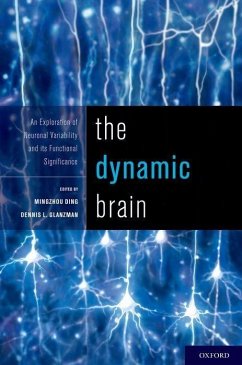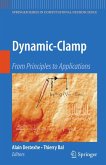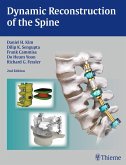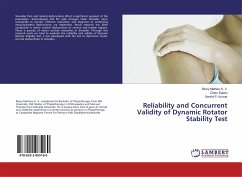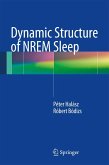It is a well-known fact of neurophysiology that neuronal responses to identically presented stimuli are extremely variable. This variability has in the past often been regarded as "noise." At the single neuron level, interspike interval (ISI) histograms constructed during either spontaneous or stimulus evoked activity reveal a Poisson type distribution. These observations have been taken as evidence that neurons are intrinsically "noisy" in their firing properties. In fact, the use of averaging techniques, like post-stimulus time histograms (PSTH) or event-related potentials (ERPs) have largely been justified based on the presence of what was believed to be noise in the neuronal responses. More recent attempts to measure the information content of single neuron spike trains have revealed that a surprising amount of information can be coded in spike trains even in the presence of trial-to-trial variability. Multiple single unit recording experiments have suggested that variability formerly attributed to noise in single cell recordings may instead simply reflect system-wide changes in cellular response properties. These observations raise the possibility that, at least at the level of neuronal coding, the variability seen in single neuron responses may not simply reflect an underlying noisy process. They further raise the very distinct possibility that noise may in fact contain real, meaningful information which is available for the nervous system in information processing. To understand how neurons work in concert to bring about coherent behavior and its breakdown in disease, neuroscientists now routinely record simultaneously from hundreds of different neurons and from different brain areas, and then attempt to evaluate the network activities by computing various interdependence measures, including cross correlation, phase synchronization and spectral coherence. This book examines neuronal variability from theoretical, experimental and clinical perspectives.
Hinweis: Dieser Artikel kann nur an eine deutsche Lieferadresse ausgeliefert werden.
Hinweis: Dieser Artikel kann nur an eine deutsche Lieferadresse ausgeliefert werden.

